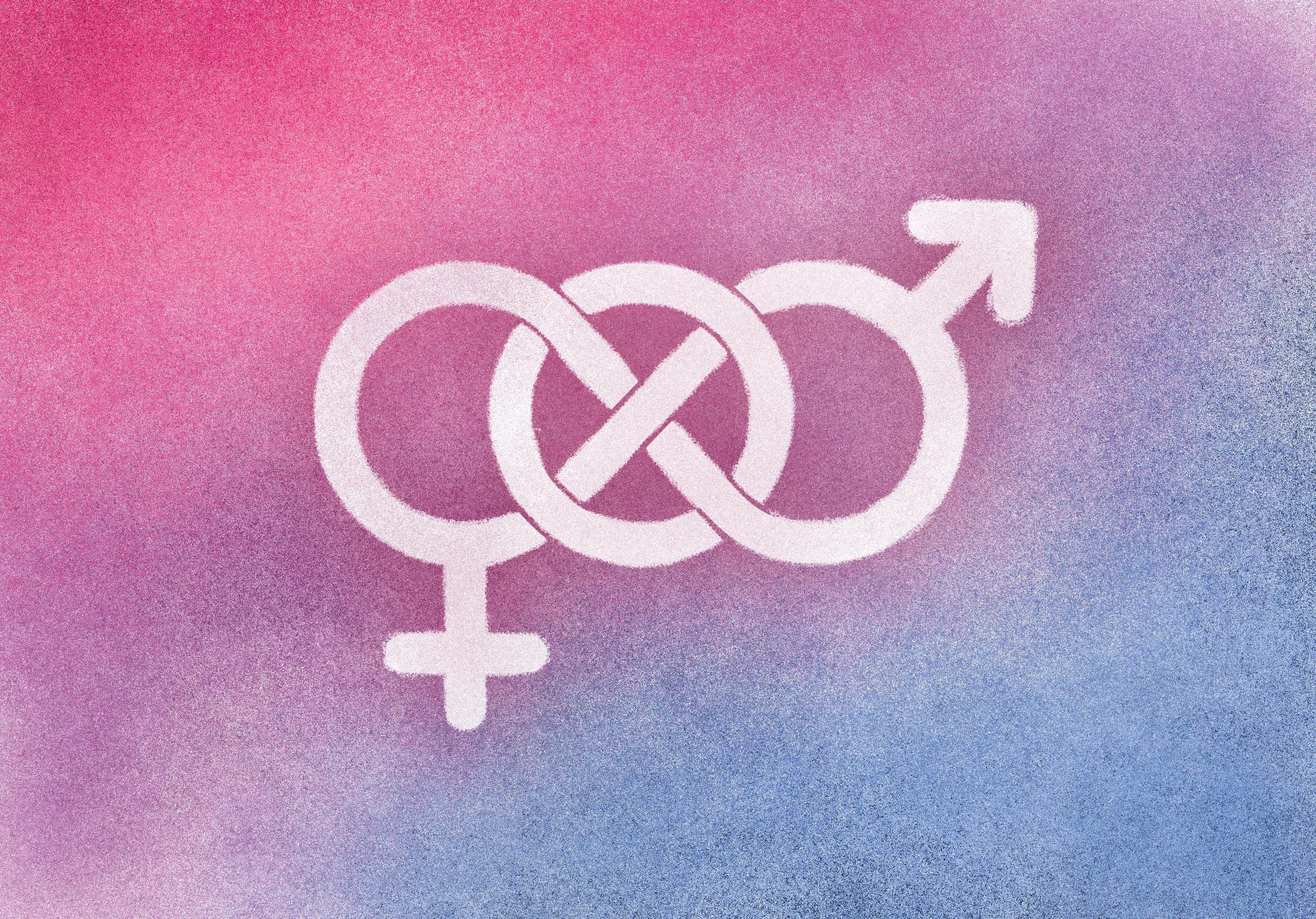Exploring the issue of bi-erasure
I’ve known I was bisexual since the age of 14. I came out to my friends in high school and was met with mixed responses: I got everything from “that’s awesome,” to “I knew it,” to “well, as long as you don’t fall for me, it’s fine.” The way I came out to my family was during an argument, and I was met with quite a bit of disdain.
When I turned 17, however, I started to feel trapped into picking a different label. Since I knew that people thought my bisexuality was fake, I figured that I could choose to identify as a lesbian instead. The issue was that I knew I liked girls, not just guys, so I chose to identify as a lesbian because it would be easier to explain if I was ever dating a girl. Had I been able to embrace my bisexuality, it would have been less of an issue to bring a girl home.
Nine years later, I am married to a man, and we have a baby. My husband knows I am bisexual, and he accepts that. Yet, in the eyes of many, I am heterosexual. Of course, this is not the case. However, in many ways, I feel I have to justify my sexuality whenever it comes up.
Prior to meeting my husband, when I was in relationships, I would never tell people that I was bisexual. I would avoid my sexuality as a topic because I feared backlash. I even almost tried to not tell my husband, but I knew that was not a good idea. If I wanted the relationship to work, I had to be honest. I knew that in the long run, lying would hurt both of us.
While the person closest to me accepts my sexuality, a lot of people don’t, both in micro and macrospheres of my life. The thing I hear the most is that bisexuality is akin to confusion. It is usually followed by the idea that bisexuals are cowards because they just want to float in the middle. This assumption is so frustrating because it makes bisexuality seem like a copout, and I really don’t think that is true.
My family and I have engaged in many debates about bisexuality. One family member stated that they understood being gay or lesbian, but that being bisexual seemed fake. Again, this pushes forth the idea that bisexuality just doesn’t exist. If I am stating that I feel attraction toward both men and women, I don’t understand why that has to be debated.
There was a time in CEGEP where I was part of an LGBTQ club, and I remember feeling uncomfortable with trying to embrace my sexuality. I would hear comments about how bisexual people had an advantage because the dating pool is doubled compared to other people in the LGBTQ community. It was kind of crazy to me that within a group that was supposed to embrace different sexualities, I felt so ostracized.
I have dated women in the past who have said they could never date a bisexual person, and I felt like such a fraud. I would go along with the sentiment, and act like I wouldn’t date a bisexual person either. In retrospect, I realize that the issue was with the girls I was dating, and not with me.
Honestly, I find that my battle with the acceptance of bisexuality has been a bumpy one. In many ways, I know that some people are probably pleased with the fact that I am with a man and not a woman. Part of the reason for this is because it is deemed “easier” in society to be in a heterosexual relationship. Also, for many of my family members, biological children are a staple, and it was less difficult for me to have a child because I am with a man. Growing up in a primarily Italian household, heterosexuality is the norm, and by being with my husband, I am fitting the mould of being an Italian woman. I also know that there are people who are upset that I, supposedly, chose to be with a man over a woman, because it comes across as me choosing heterosexuality.
I am frustrated with the lack of recognition of bisexuality as a legitimate sexuality. As someone who uses this label, I know it is real. The notion that bisexual people are taking the easy route is detrimental to our mental health, especially when it comes from people in the LGBTQ community. There needs to be an acknowledgment that my sexual orientation is real, and that everyone who is bisexual is valid.
Graphic by @the.beta.lab
